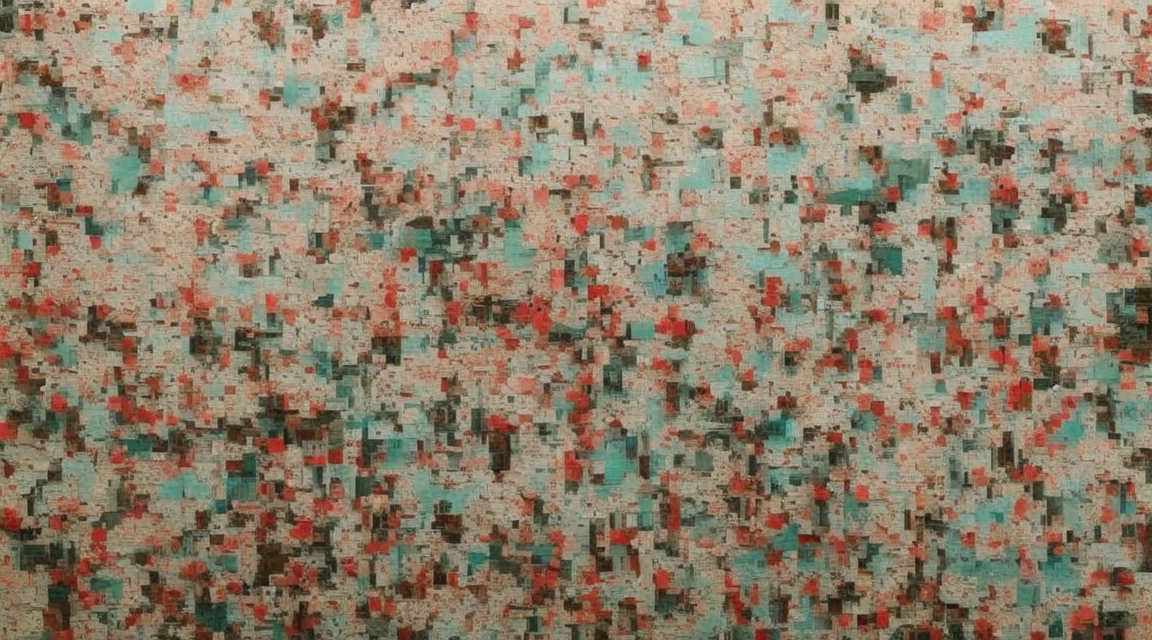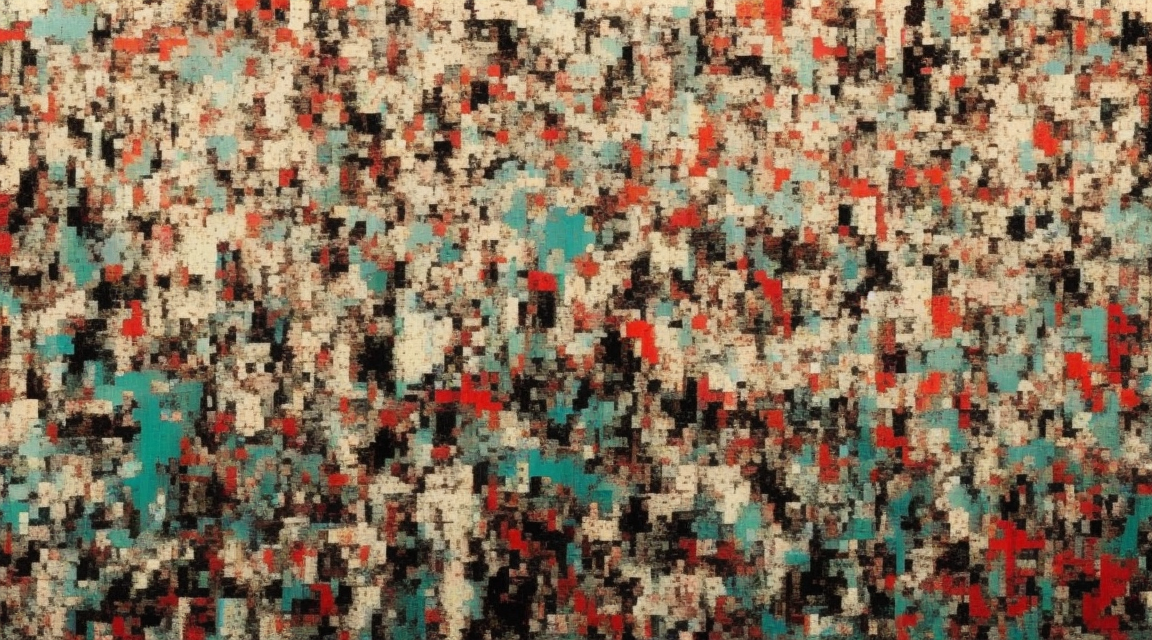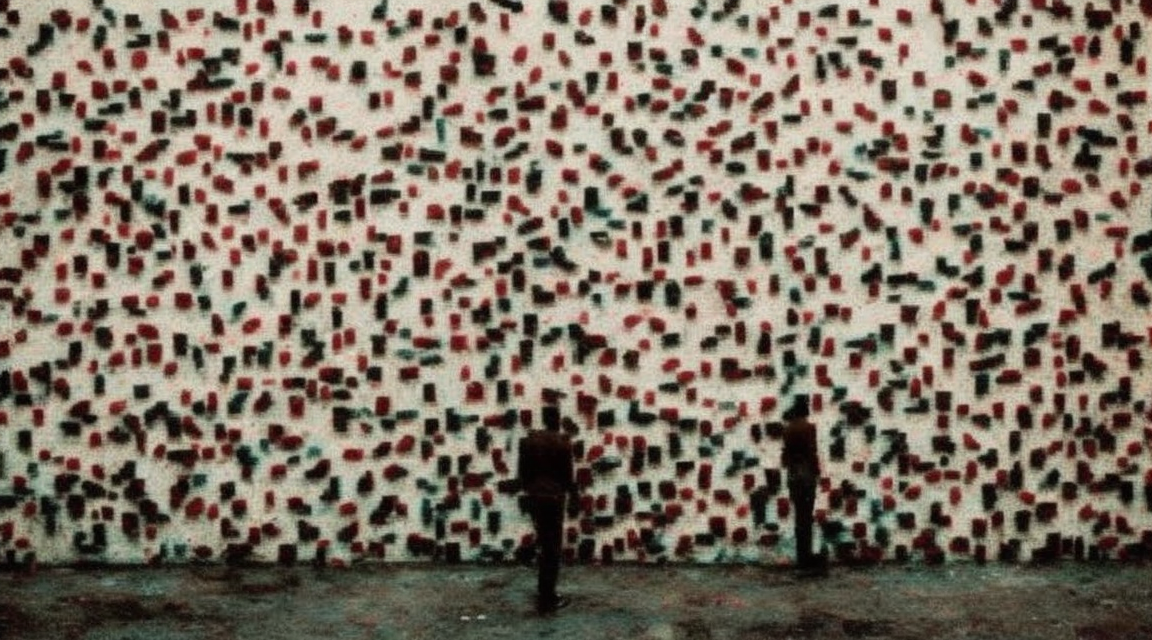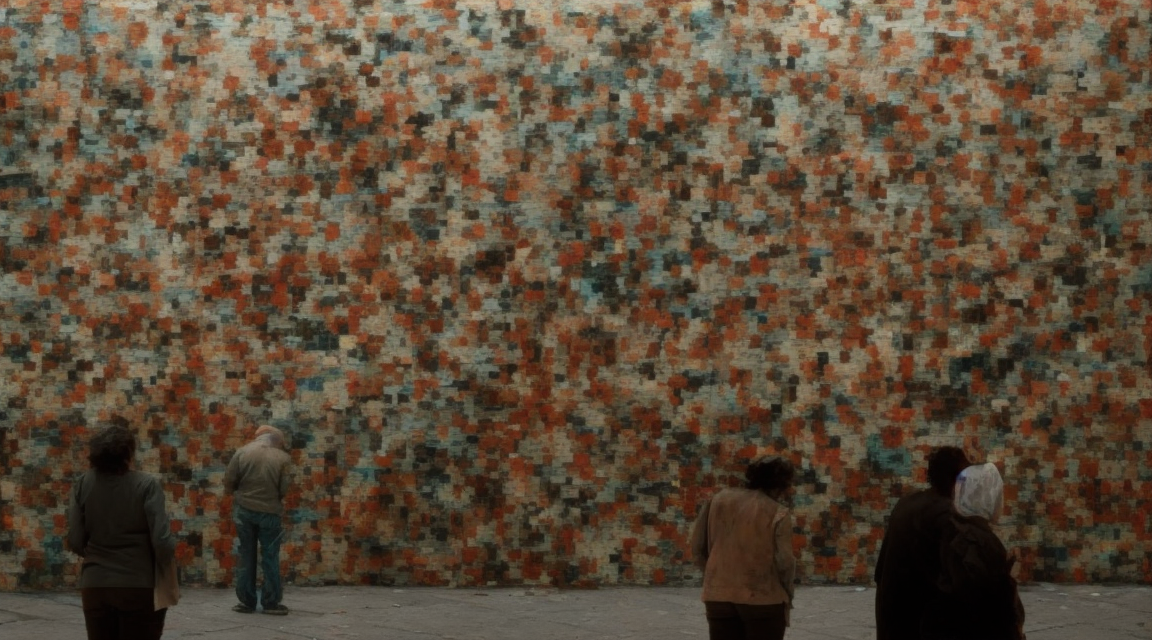Introduction to Arte Povera

Arte Povera, which translates to “poor art” in Italian, emerged in the late 1960s as a groundbreaking movement in the art world. It was a response to the dominant forms of art at the time, such as abstract expressionism and minimalism. The artists associated with Arte Povera sought to challenge the established norms of art-making and create works that were raw, unconventional, and socially engaged.
Arte Povera was characterized by the use of humble, everyday materials and an emphasis on process and experimentation. Artists employed a range of media, including sculpture, installation, performance, and even photography. By blurring the boundaries between art and life, Arte Povera aimed to create profound and transformative experiences for both the artist and the viewer.
Key Themes and Concepts

A number of key themes and concepts emerged within Arte Povera, shaping its unique identity and approach to art-making.
Rejection of Consumerism: A central tenet of Arte Povera was a rejection of the rampant consumerist culture of the time. Artists embraced a more sustainable and environmentally conscious approach by utilizing readily available materials, often found in the urban landscape or natural environment. This resulted in works that were inherently anti-consumerist and challenged the notion of art as a commodity.
The Poetics of the Ordinary: Arte Povera artists derived inspiration from the mundane and the ordinary. They celebrated the beauty and significance of everyday objects, elevating them to the realm of art. By imbuing mundane objects with new meaning and symbolism, these artists sought to provoke thought and encourage a reconsideration of the familiar.
Process Over Product: Unlike traditional artistic practices that prioritize the final product, Arte Povera emphasized the process of making art. Artists embraced experimentation, improvisation, and chance encounters, often allowing the materials to dictate the outcome of their works. The focus shifted from the end result to the experiential journey of creating the work.
Engagement with Time and Space: Arte Povera artists were deeply engaged with the temporality and spatiality of their works. In their installations and performances, they explored the relationship between the artwork, the viewer, and the environment, creating immersive experiences that invited active participation and reflection.
The Founding Artists and Their Vision

Arte Povera was pioneered by a group of Italian artists who shared a common vision and dissatisfaction with the state of contemporary art. These artists sought to break away from the confines of traditional artistic mediums and institutions, advocating for a more inclusive and dynamic approach to art.
Michelangelo Pistoletto: Known for his groundbreaking Mirror Paintings, Pistoletto was instrumental in the development of Arte Povera. He believed in the transformative power of art and its potential to effect social change. Pistoletto’s works often incorporated mirrors, inviting the viewer to reflect on themselves and the world around them.
Giovanni Anselmo: Anselmo’s works embraced the elemental forces of nature, exploring the relationship between gravity, light, and organic materials. His installations often featured rocks or plants in precarious arrangements, challenging the stability and permanence of art.
Mario Merz: A key figure in the Arte Povera movement, Merz’s works were characterized by the use of Fibonacci numbers and the iconic igloo structure. His sculptures and installations blended organic and industrial materials, inviting contemplation on the coexistence of nature and technology.
Jannis Kounellis: Kounellis was known for his use of unconventional materials, such as coal, steel, and live animals. His works sought to confront the viewer with the raw energy of life and provoke a visceral response. Kounellis challenged traditional notions of art, transforming gallery spaces into immersive environments.
Influence and Impact on Contemporary Art

Arte Povera had a profound influence on contemporary art, both in Italy and around the world. It challenged the prevailing notions of what art could be and expanded the possibilities of artistic expression.
The movement’s emphasis on using ordinary materials and engaging with the environment paved the way for subsequent artistic practices such as installation art and environmental art. Artists today continue to draw inspiration from Arte Povera, exploring similar themes of sustainability, consumerism, and the poetics of the everyday.
The Enduring Legacy

Arte Povera remains an important chapter in the history of contemporary art. It challenged the status quo, expanded the boundaries of artistic expression, and inspired generations of artists to think outside of the conventional norms. The movement’s emphasis on process, engagement, and social consciousness continues to resonate with artists and audiences today.
In conclusion, Arte Povera revolutionized the art world with its radical approach, rejection of consumerism, and focus on the poetics of the ordinary. The movement’s lasting impact on contemporary art can be seen in the continued exploration of materials, processes, and the relationship between art and society. Arte Povera’s legacy serves as a reminder of the transformative power of art and its ability to challenge, provoke, and inspire.